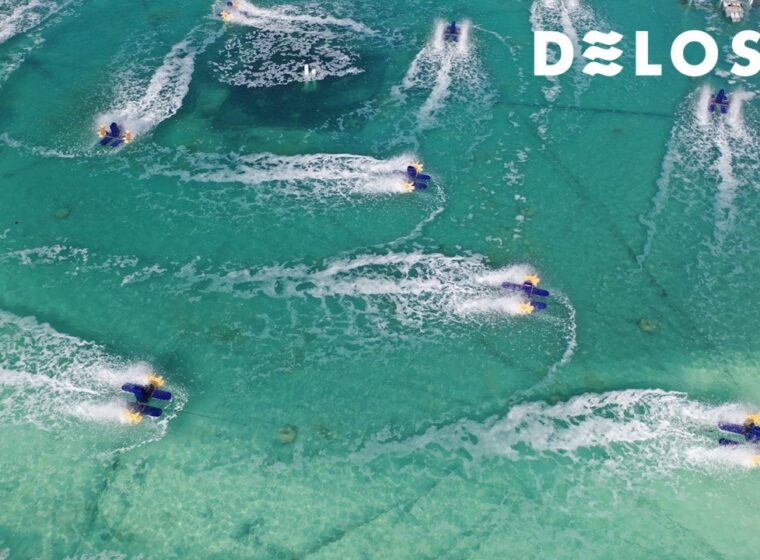Ponds are artificial ecosystems where vannamei shrimp grow until they are ready to be harvested. One of the efforts to protect the pond ecosystem is maintaining water quality. Therefore, farmers must know how to maintain pond water quality.
Maintaining optimal pond water quality will directly impact shrimp health by preventing unwanted disease and pathogen infections. Come on, see how to maintain pond water quality so that it remains optimal in this article!
Also Read: The Importance of Wastewater Treatment Plant (WWTP) for Shrimp Ponds
How to Maintain Pond Water Quality Remains Optimal
1. Perform Routine Monitoring of Water Quality
Monitoring water quality is the first way farmers must maintain optimal water quality. Monitoring through routine testing of water quality parameters can more quickly identify fluctuations or imbalances of each parameter.
Thus, the farmers can immediately take appropriate action to maintain optimal water quality.
2. Make sure the Aeration System is Working Optimal
Aeration is generally used to maintain the availability of dissolved oxygen levels in pond water so that it is sufficient for the needs of vannamei shrimp.
In addition, aeration is also beneficial for the water circulation system and reduces the accumulation of organic matter in ponds. Usually, the number and type of aerators and waterwheels needed depend on each pond’s stocking density and area.
3. Maintain the Presence of Beneficial Bacteria
In the vannamei shrimp pond ecosystem, beneficial bacteria play an important role in maintaining pond water quality. These bacteria can break down organic matter, reduce ammonia and nitrate levels, and control algae growth.
Also Read: This Is the Best Water Color for Vannamei Shrimp Pond
4. Do Algae Control
Algae growth is one of the common problems that can cause an imbalance in water quality in pond ponds. Regular algae control can help maintain optimal water quality.
Ways that can be done to deal with excessive algae in shrimp ponds include reducing nutrients, ensuring continuous aeration, and increasing water salinity.
5. Ensure Water Circulation Goes Well
Maintaining circulation is very important to ensure optimal water quality in pond ponds. Oxygen levels, nutrients, and beneficial bacteria can be distributed homogeneously throughout the pond if the water circulation runs optimally.
In addition, with good water circulation, pond ponds can also avoid the accumulation of organic matter (TOM) and unwanted algae growth.
6. Implement Proper Waste Management
One of the main causes of poor water quality in vannamei shrimp ponds is the accumulation of organic waste. Proper waste management through the use of filtration systems and regular water replacement will help maintain good water quality.
7. Good Feed Management
Implementing good and measured feed management plays a crucial role in maintaining water quality. Overfeeding can increase organic waste in the pond water, affecting its quality and making it worse.
Also Read: Water Quality Parameters in Shrimp Farms
Record and Monitor Your Pond Water Quality with AquaHero!
How to maintain pond water so that it remains optimal is the knowledge that must be owned by every farmer and people engaged in the aquaculture industry. This is because pond water is the environment where shrimp live and grow until they are ready to be harvested.
Now you can easily record and monitor the water quality of your vannamei shrimp ponds with AquaHero!
AquaHero is an application developed by DELOS to make it easier for you to monitor pond conditions every day. Starting from water quality, shrimp growth, and action recommendations to BEP (break-even point) estimates during cultivation.
Immediately contact the DELOS Team via contact@delosaqua.com or submit via our website contact column at www.delosaqua.com to try AquaHero features and make your vannamei shrimp farming easier and traceable. Choose AquaHero to record and monitor your pond water quality.




